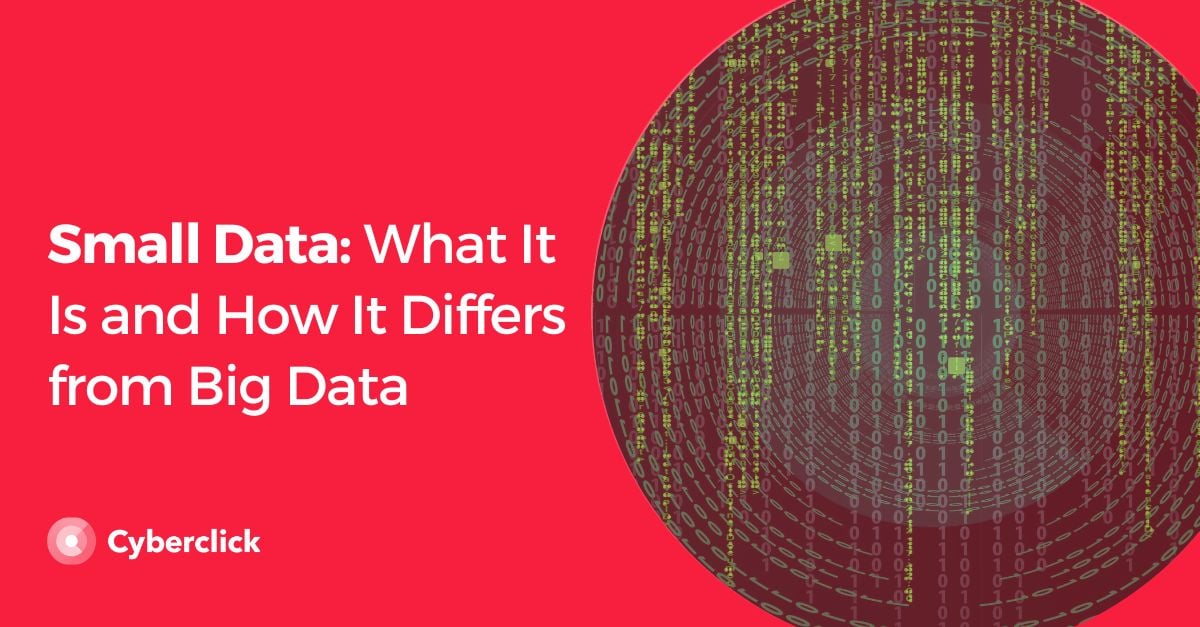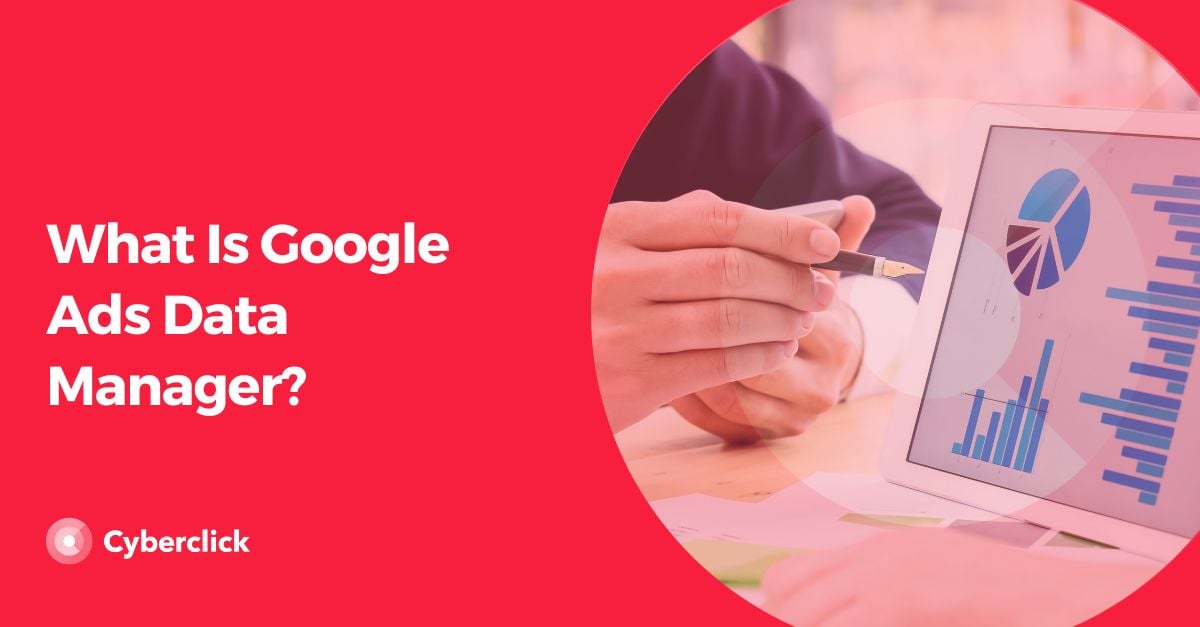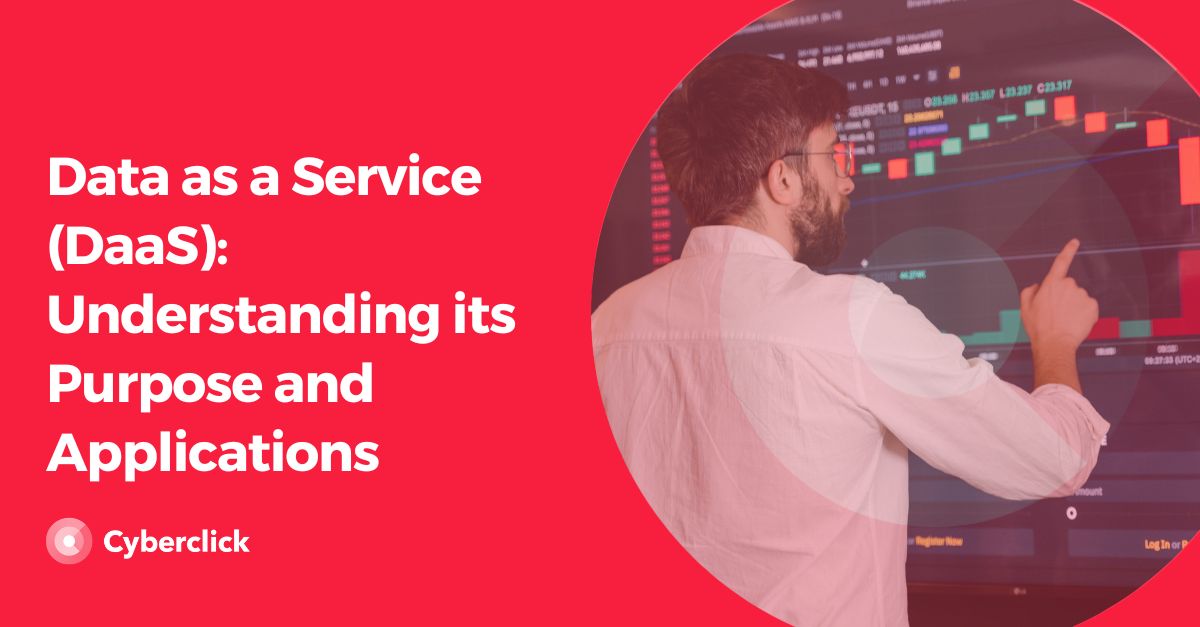Data Science is a vast field that businesses use to analyze the information they gather, understand their customers and their niche, identify patterns, and predict behaviors. One type of data that falls within this domain is Small Data. In this article, we'll explain what Small Data is, how it can benefit your business, and how you can start implementing it to reap its full advantages.

What Is Small Data?
In today's world, the Internet has made it possible for companies to access a vast amount of information, also known as Big Data. However, the sheer volume of data can make it difficult to organize and understand. That's where Small Data comes in - it is a limited set of data that is easier to comprehend due to its simpler format.
Small Data has gained popularity in recent times, and many companies are now incorporating it into their work processes as a substitute for studying large amounts of data (Big Data). Unlike Big Data, Small Data is much easier for professionals to assimilate and use.
Despite its usefulness, many brands are still unfamiliar with Small Data. To help you better understand the concept, here are some examples of what Small Data can be: search history of a web page, opinion polls, or sales data.
How Does This Technology Work?
Similar to Big Data, Small Data also relies on specific data mining technologies to study and collect data, which are later categorized into different groups. Examples of data that can be collected include types of news consumed by users, personal information, connection time to a particular page, and snippets of documents.
What Are the Advantages of Small Data?
Small Data has several advantages over Big Data. Some of the benefits of using Small Data include:
- It is much easier to interpret, so it does not require the implementation of specialized technology that entails high costs, nor does it require the help of highly specialized professionals (data scientists) who know how to work with the information. This is something that benefits, above all, small and medium-sized companies whose resources are more limited.
- The benefits of using this technology can be felt in a short period of time. In other words, it is not necessary to have a perfect collection of data to start implementing data-driven strategies.
- The knowledge that it allows to obtain from users is much broader, offering companies the possibility to create more relevant campaigns for the public and much more personalized.
- If you are looking for a way to incentivize your audience to take specific actions, small data can be of great help. By using this technology properly, you will know the key to driving users through targeted messages, offers and recommendations.
- The consequence of the above benefits will also bring you a very important one: a higher ROI (return on investment) in your business.
Differences Between Small Data and Big Data
The fundamental and most important difference between analyzing data using Small Data and Big Data is that Small Data is much more affordable for businesses. Big Data is more complicated and complex, and is limited to those companies with greater investment capacity.
One of the most characteristic differences is that Big Data involves a large volume of unstructured data that can be infinite. The information contained in Big Data is very varied and comes from diverse sources. In contrast, Small Data is more specific and easier to process.
Choosing between Small Data and Big Data depends mainly on the business's strategy, as both have their specific advantages. Small Data's main advantage is its ability to generate results quickly, while Big Data can minimize errors.
However, some companies choose to use both technologies in a combined way. For instance, they use Big Data to track users visiting their website and then use Small Data to transform the data collected from this tracking. Third-party tools such as Adobe Omniture or Google Analytics can also be used for this last step.
Small Data: How to Implement It
Introducing Small Data technology in any company is easy since a large technical team or human resources are not required to develop it, and there is no need for a large initial investment.
To implement Small Data in your business, it is essential to first adapt all aspects of your website that are useful for collecting information. This enables users to provide you with the information you need. Once this adaptation is done, the next step is to establish how you will develop a customer study and which potential customers you will focus on. Additionally, keep an active listening on social networks, and analyze how your direct competitors use this type of technology.
Small Data is likely to become increasingly popular in the near future due to its ease of use and benefits. Therefore, we recommend that you keep track of this useful technology for today's businesses, even if you don't plan to use it right now.
Data Scientist en Cyberclick. PhD en Astrofísica por la Universitat de Barcelona con más de diez años de experiencia en investigación mediante el análisis e interpretación de datos. En 2019 redirige su carrera profesional hacia el mundo del Data Science cursando el Postgrado en Data Science y Big Data de la UB, así como participando en el programa Science To Data Science (S2DS) en Londres. Actualmente forma parte del equipo de Data Science y SEM de Cyberclick.
Data Scientist at Cyberclick. PhD in Astrophysics from the University of Barcelona with more than ten years of research experience through data analysis and interpretation. In 2019 he redirected his professional career to the world of Data Science by graduating in Data Science and Big Data from the UB, as well as participating in the Science To Data Science (S2DS) program in London. He is currently part of Cyberclick's Data Science and SEM team.





.png)
Leave your comment and join the conversation